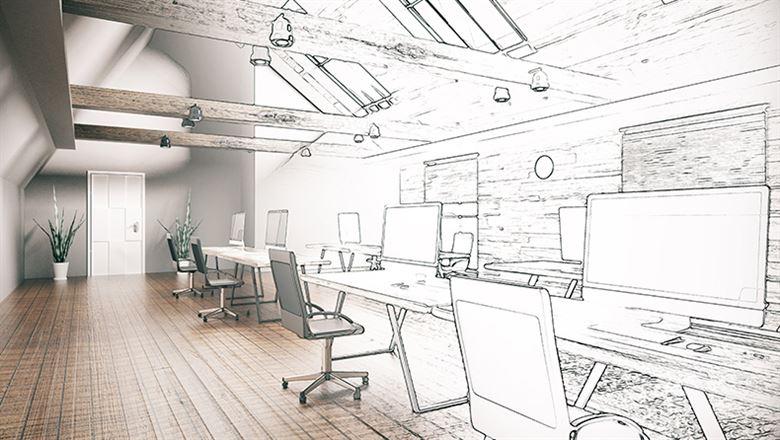Aligning Workspace With Work Styles
 Associations Now
Associations Now
Jim Reidy, senior managing director at Savills Studley, a provider of commercial real estate solutions, explains why it's smart to align office space with staff work styles.
How have you seen associations change the way they work?
Today’s staff are more collaborative, connected, and mobile, which has altered the way they occupy and use space. Staff today exhibit work behaviors that significantly impact the use of space. For instance, one association may have a larger percentage of staff spending time out of the office, while another may skew toward roles requiring an in-office presence or face-to-face collaboration with colleagues. Those with a higher percentage of externally mobile workers are increasing their staff-to-workstation ratio and adopting some form of hoteling (unassigned desks) within their spaces. Those with more internally mobile staff are adopting collaborative spaces and furniture set-ups.
How can associations address those changes with their office space?
Associations can right-size their offices. This isn’t just the incorporation of workplace transformational design elements, such as glass-walled offices, low-walled cubes, or rows of open, height-adjustable work surfaces. It’s making sure the space is aligned with staff work styles. The most important reason for right-sizing your space is to support the recruiting and retention of highly trained and valued staff who look for and highly value flexible work environments.
What are the benefits of aligning workspace with the ways staff work?
A properly sized and designed workplace provides the right number and types of space and facilitates collaboration, creativity, and wellness. It also provides choice, a key component of employee engagement. And, in almost every case, those transforming their workplace realize a reduction in the amount of space they need and real estate operating costs.
[This article was originally published in the Associations Now print edition, titled "Reimagining Workspace."]

